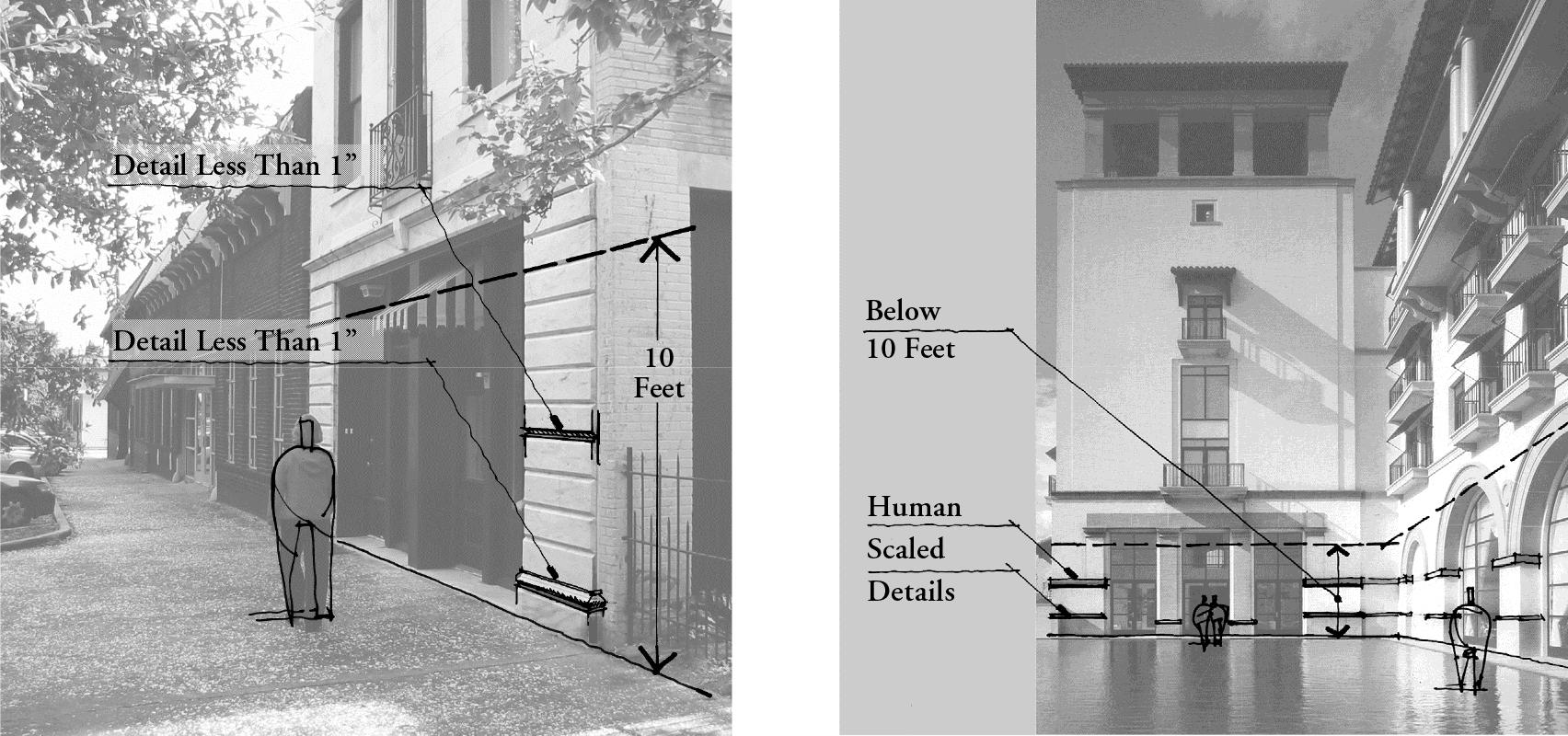Impact of architecture on Neuro system and human anatomy
Does your mind go for a toss in messy places, dimly lit rooms, small isolated spaces or narrow pathways? Why is it that sunlight uplifts our mood or our productivity increases in organized places?
We live in an era that recognizes the role of a balanced and positive state of mind in the overall well-being of the human body. Our surroundings have a significant effect in this regard. Where we live, what we see, hear, smell on the regular does impact our anatomy. Unless we feel comfortable in an environment we are prone to anxiety, stress, restlessness, paranoia or lethargy. What is it that makes up our immediate environment? Our Habitats or as we call them Concrete Structures!
The Role of Architecture
Architecture has a profound impact on the human mind and body, it is the balance between functionality and form that makes for a well-planned space. Breaking it down further, let’s see how each element has an impact -
- Location - The neighbourhood directly impacts your social interaction, accessibility to market spaces impacts your convenience and constructions around you impact what you see.
- Land - The land itself is a critical factor, it’s the foundation of any structure. At Land genetics we believe that each piece of land exhibits a unique behaviour that impacts neurology and health. It is always advisable to scan the land and surroundings to identify factors that don’t favour you.
- Structure - It’s not a secret that something appealing to the eye makes us feel good. Places of work tend to have sleeker designs giving a sense of control and organization whereas residential structures have increasingly become more green, modern but earthy, to make us feel connected to nature in our fast paced lives.
- Interior - Interior includes colour, light, space, functionality as well as aesthetics. Millennials are obsessed with the phrase “positive vibes only”, in reality that translates to something bigger than just a trend. When you’re spending more than 2/3rd of your day indoors, the interior is a vehicle for all vibes. Taking an example of colour, psychologists have established through studies that the colour red makes the heart beat faster compared to the colour blue or green.
Does it impact health?
Doctors have proven that natural light tends to regulate our blood flow and circulation, also contributes to healing and wellness. This is based on the fact that humans are spending the majority of their time without access to direct daylight, therefore it befalls on the architect to bear in mind this deficiency and tailor structures accordingly.
It has been noted that well-designed hospitals contributed to faster healing, improved vitals as well as strengthened cognitive skills among ill kids. Studies also identified that hospitals had to be a comfortable space for staff members including nurses and doctors, since they spend the maximum time on call, they must have access to visual environments like landscape views and support spaces for them to work effectively.
Every structure has a purpose and is supposed to invoke certain emotions in human beings. A home should feel comfortable and secure. A school should bring curiosity and energy. A workspace should enhance productivity, focus and confidence.
Recommendations
- Make sure the angularity of the land or structure is not diagonal beyond 22.5 degrees as it can affect the stability of mind and health
- Consult with land experts and architects during the planning phase to have a more holistic view
- Get the magnetic alignment, topography and vicinity of the land, studied well, before taking any decisions
- Placement and self-weight of the component of architecture should be well observed
- Live load in architectural components, their potentiality and wavelength also matter much
To join us on Facebook Click Here and Subscribe to UdaipurTimes Broadcast channels on GoogleNews | Telegram | Signal



